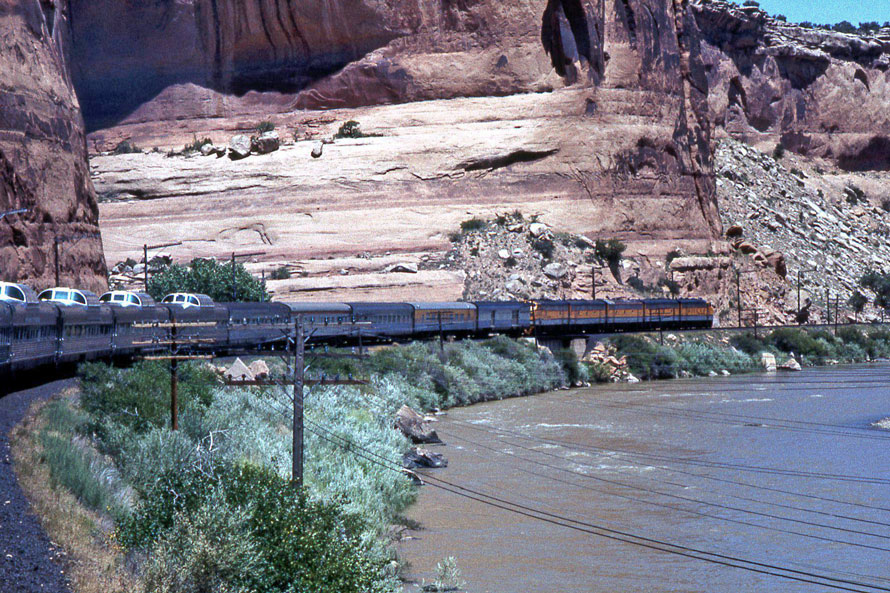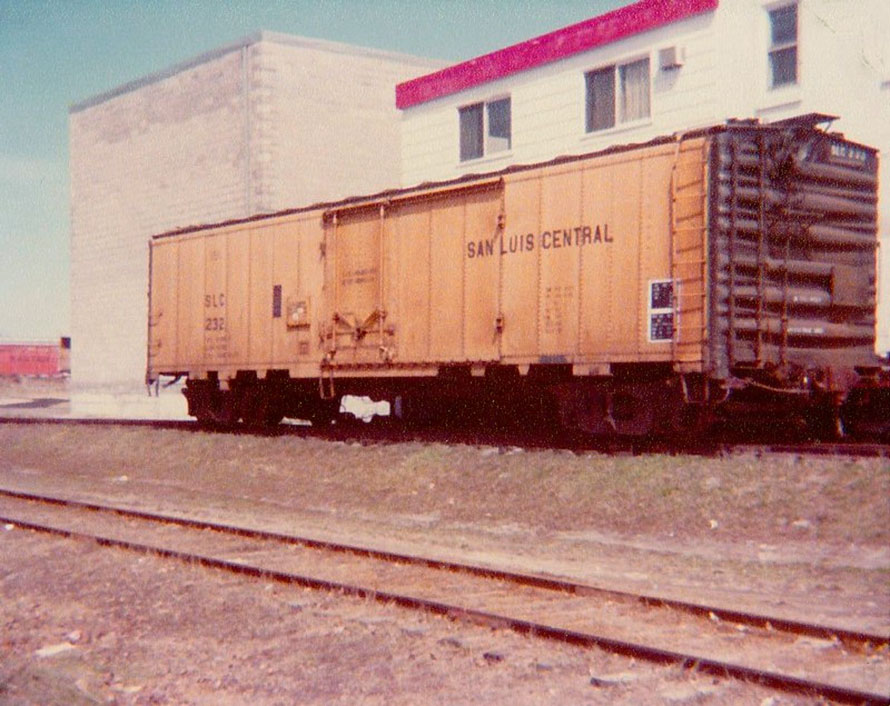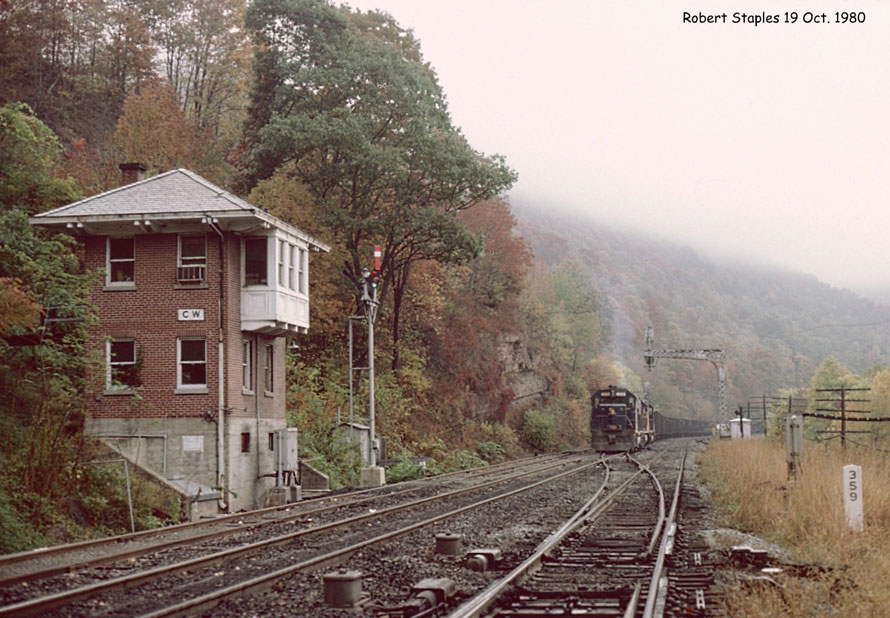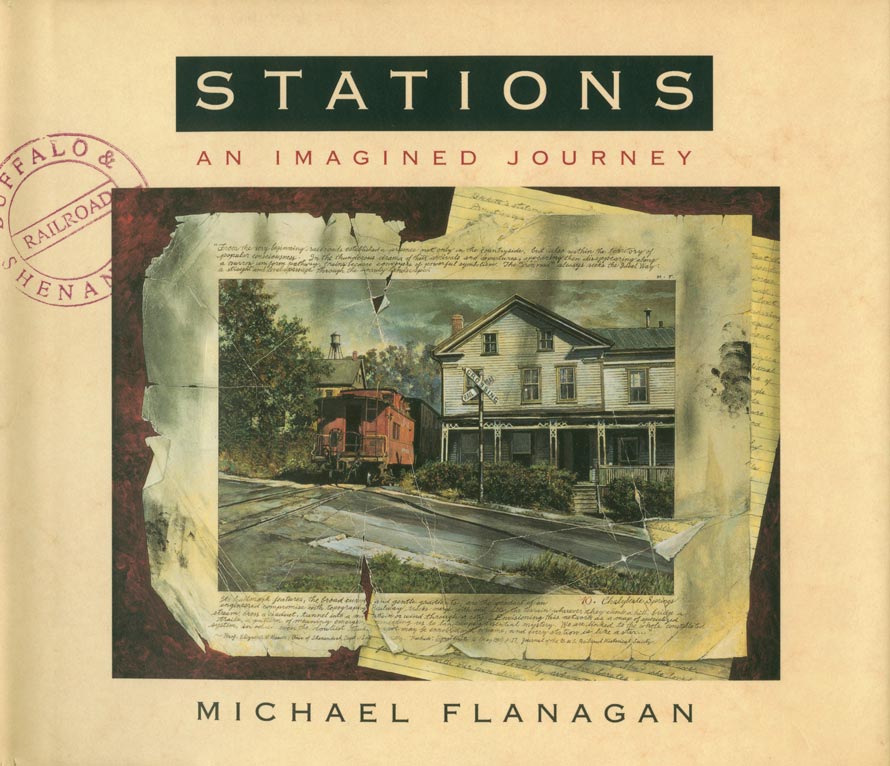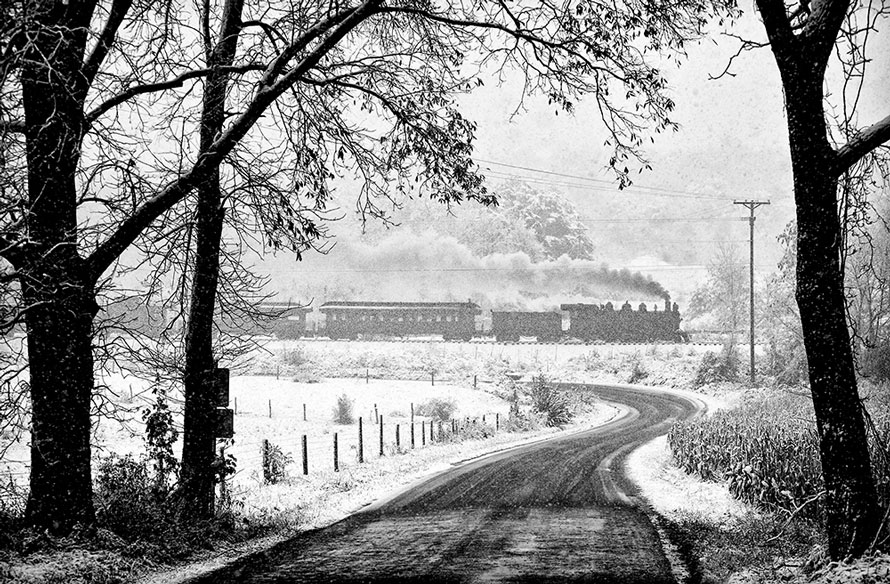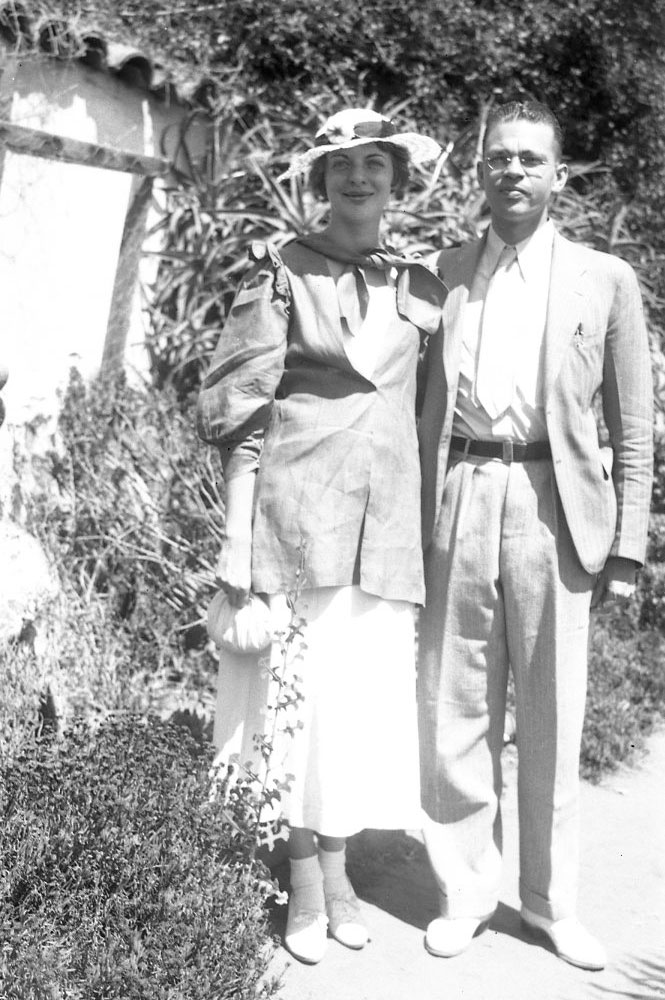
Henry Theodore Wilhelm was born in 1905, in the middle of arguably the most exciting and constructive decade in American history. The Panama Canal, electrification of mainline railroads such as the New Haven, huge new steel bridges and other infrastructure improvements, all were part of investment in America and her future. The list of what was deemed possible, and then doable, goes on and on.
At age 14, Henry became fascinated with railroads, and especially with the thousands of manned interlocking stations and cabins. This led to his lifelong hobby of documenting these unusual places, which the railroads had built as a necessity for preventing collisions, given the high volume of trains transporting passengers, mail, and freight all across the country. Over time, he photographed more than 2,500 junctions and the towers that controlled them. His notes were precise and detailed, and his negatives individually numbered and described in his log books.
Read more